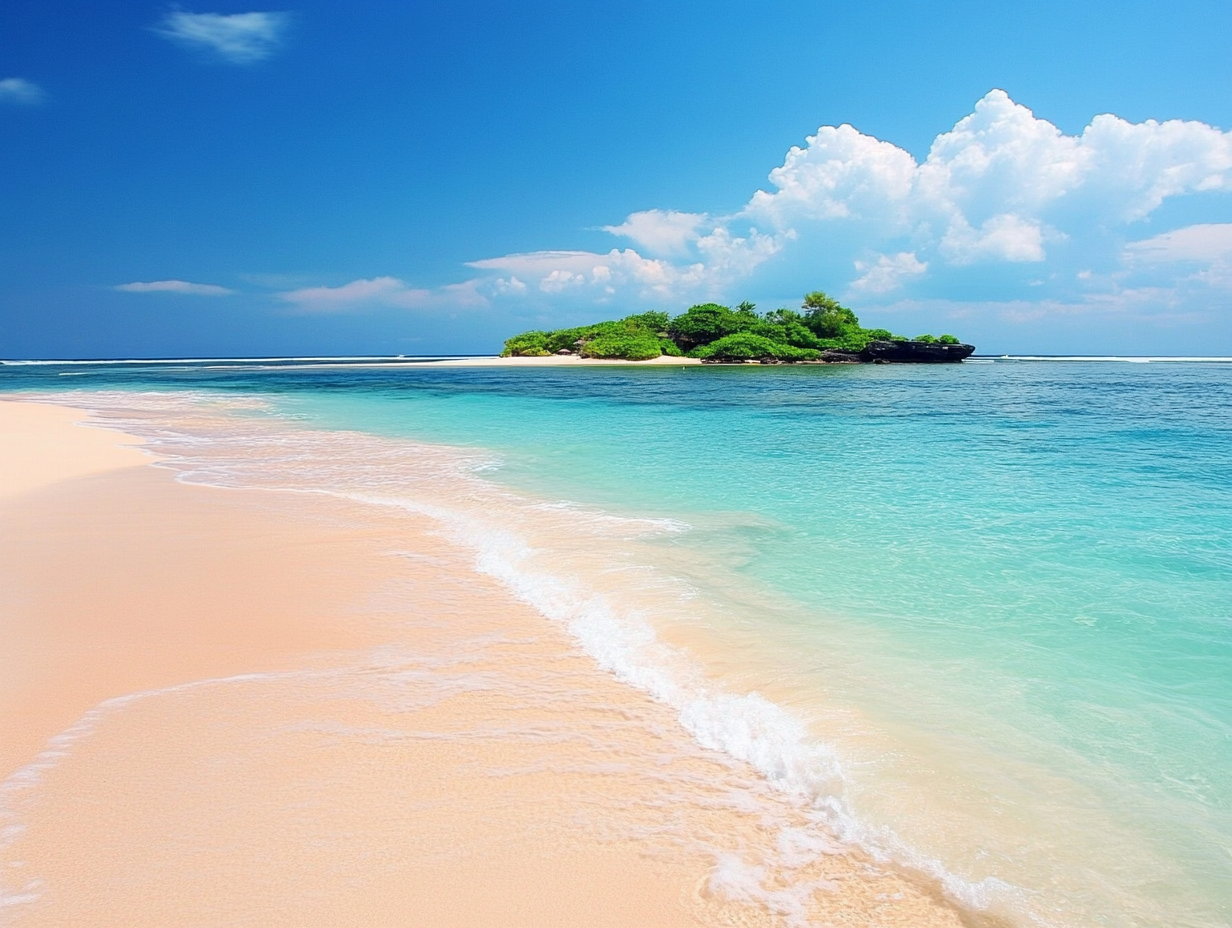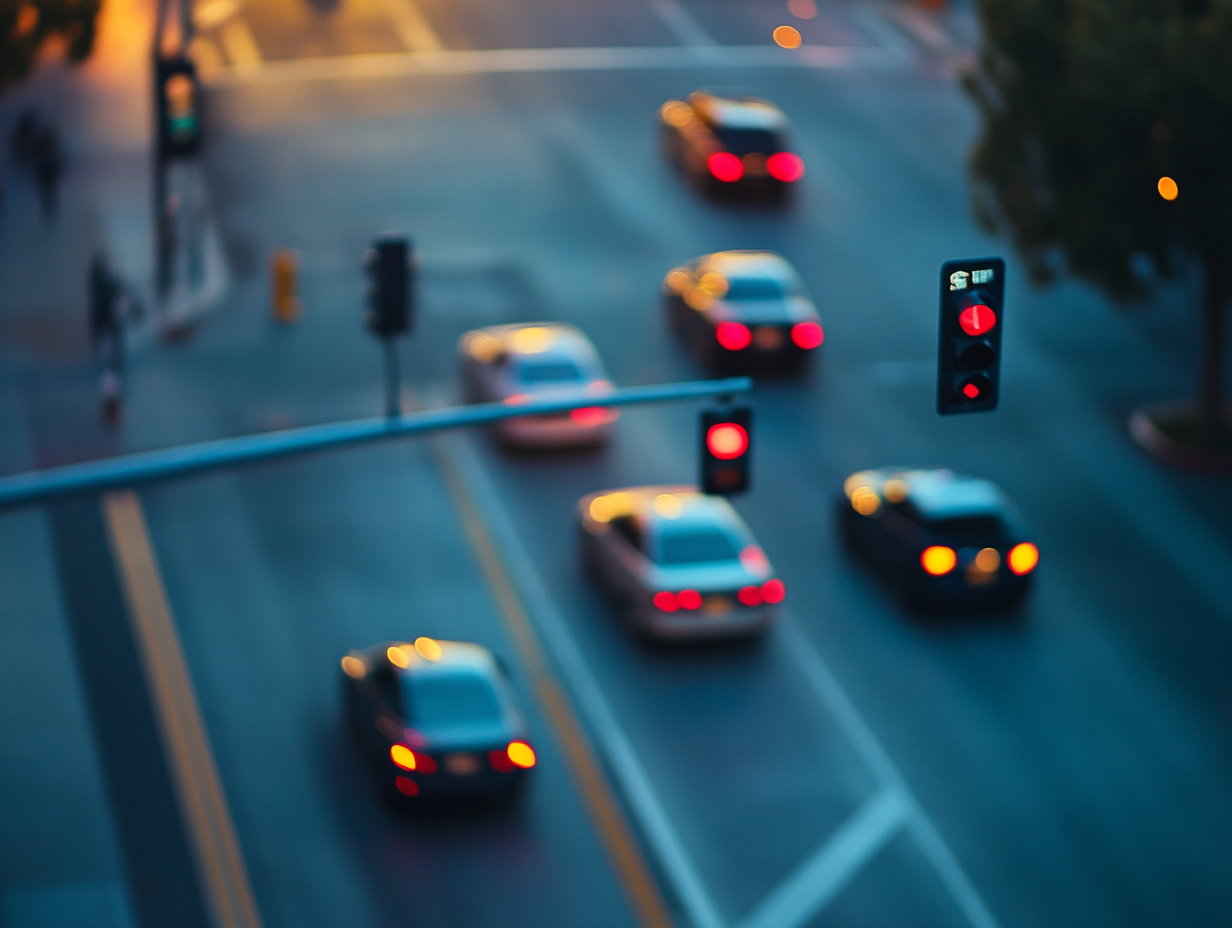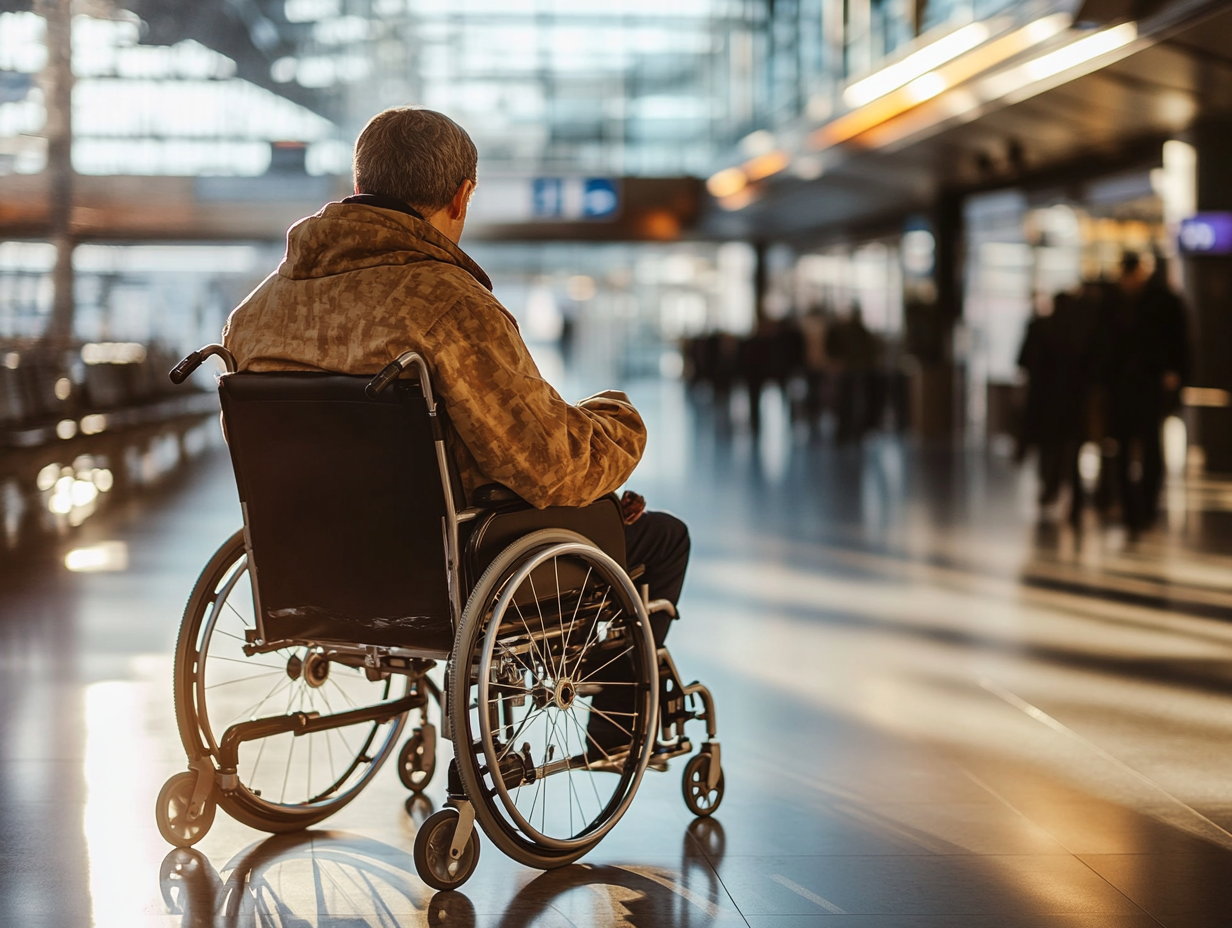Whether it’s the abundance of sunshine, crashing waves, or silky sand, we all have our favorite beach features. Thousands of people visit seaside locations every year in search of the perfect beach to rest and unwind on. Beaches are available in a variety of colors and sizes. But some beaches are truly unique and one-of-a-kind, attracting throngs of people each year due to their exceptional beauty. Here are ten of the world’s most distinctive and unique beaches, all of which are testaments to nature’s magnificent handiwork.
1. Giant’s Causeway, Northern Ireland
The Giant’s Causeway is located on the edge of the Antrim plateau in Northern Ireland, at the foot of basalt cliffs along the sea shore. It consists of 40,000 enormous black basalt columns protruding from the sea.
The most famous legend about the Giant’s Causeway, which gives the attraction its name, is that the columns are relics of a causeway built by the giant Finn MacCool. Over the last 300 years, geological studies of these formations have substantially aided the development of the earth sciences, demonstrating that this stunning landscape was created by volcanic activity during the Tertiary period, some 50–60 million years ago.
2. Shell Beach in Shark Bay Region, Australia
Shell Beach, 45 kilometers south-east of Denham in the Shark Bay World Heritage Area, is home to billions of small shells and is close to the Hamelin Pool Stromatolites. This stunning snow-white beach stretches for nearly 70 kilometers and is made up of billions of tiny shells up to 10 meters deep.
Shell Beach is one of only a few spots on the planet where beach sand is replaced by shells in such a dramatic and beautiful fashion. Shell Beach offers a unique walking experience. Shell Beach also boasts extremely salty ocean waters, allowing swimmers to effortlessly float on the surface.
3. Pink Sand Beach in Harbour Island, Bahamas
The beach, which is located on one of the Bahamas’ smaller islands, is ideal for sunbathing and swimming in the warm, clear water. The most remarkable feature, though, is a 5-kilometer stretch of beautiful pink sand! It is one of the world’s most extraordinary beaches.
Foraminifera — a marine invertebrate – and its red shell, which crushes and then blends with the white sand, gives the sand its light rose tint. Numerous resorts adorn the exquisite island, ensuring complete relaxation in these idyllic surroundings. Visitors can go swimming, snorkeling, and fishing during the day, and then visit the town in the evening to enjoy the vibrant nightlife.
4. Moon Beach in Milos Islands, Greece
Sarakiniko, on the island of Milos, is a well-known beach with white rock formations. It is situated on the Greek island of Milos. Sarakiniko Beach is also known as Moon Beach. The island lies in the Cyclades archipelago, which also includes Santorini and Naxos, and is formed like a horseshoe. In contrast to many other well-known Greek islands, the island is gorgeous and calm.
With its gleaming white tone, the entire landscape built by volcanic rocks shows no indications of vegetation. This contrasts beautifully with the surrounding water’s vivid blue and turquoise hues. The scene provides the feeling of being on the moon’s surface.
5. Koekohe Beach, New Zealand
Koekohe Beach is a strange, slightly wonderful location near the fishing community of Moeraki in the Otago area of New Zealand’s south island’s beach line. These particularly large spherical boulders are technically known as septarian concretions.
Some of the rocks are approximately three meters large, and the majority of them have fissures on their surfaces, making them look like huge dinosaur eggs. The Moeraki Boulders are said to be gourds that washed ashore when the Araiteuru boat was destroyed hundreds of years ago.
6. Glass Beach in Fort Bragg, California
Glass Beach is MacKerricher State Park’s well-known southern beach in Fort Bragg. Glass Beach is named after the smooth, multicolored glass pieces that can be found strewn across the pebbly beach. It’s the result of years of trash being dumped in the neighborhood by locals. The debris was finally crushed into the sand by the ebb and flow of the tides and surf.
Thousands of people visit the glass beach every day. Although it is prohibited to take any glass from Glass Beach, this hasn’t stopped people from stealing what appears to be a little amount.
7. Scala Dei Turchi in Sicily, Italy
This is without a doubt one of the most fascinating stairways you’ve ever seen. It is a stunning stretch of shoreline that has become a symbol of Sicilian beach tourism due to its uniqueness.
This white cliff can be found between Realmonte and Porto Empedocle (Agrigento), and its rock is made of soft limestone and brilliant white marl. Visitors are welcome to wander on the soft, white cliffs, however, they are not permitted to take any of the rocks. Sicily is committed to preserving this outstanding landmark for the foreseeable future.
8. Black Beach, Iceland
Reynisfjara is a world-famous black-sand beach on Iceland’s south coast, close to the little fishing community of Vk Mrdal. It features characteristic Icelandic black sand, towering basalt columns, and big waves rushing onto the beach. The basalt rock formations were used in a couple of Game of Thrones episodes because of their unusual shape!
These massive basalt columns were formerly thought to be trolls attempting to draw ships from the sea to land, according to local legend. These trolls, on the other hand, were dim and ventured out late at night; daylight came on the horizon, turning the trolls into solid stone.
9. Hidden Beach in Marieta, Mexico
The Hidden Beach, or Playa del Amor, is a highlight of the Marieta Islands, which are located 22 nautical miles west of Puerto Vallarta, Mexico, at the inlet of Banderas Bay. A huge, sandy cavern with the Pacific’s azure seas flowing in looks like something out of a dream story.
The hole that created the Hidden Beach is said to have been created by intentional bombings. The Hidden Beach is hidden from view and can only be reached by a long water tunnel that connects the beach to the Pacific Ocean. Visitors can swim or kayak to the beach because there is around six feet of space above sea level.
10. Cave Beach in Algarve, Portugal
The golden beaches and magnificent azure seas at Algar de Benagil, also known as cave beach, are spectacular within the cave, with sunshine shining through the roof and golden sand. For those who have not visited, it is a natural wonder of the world and pure travel inspiration.
With sunlight spilling through the cave’s roof, golden sand, and magnificent turquoise waters, Algar de Benagil, the cave’s Portuguese name, is breathtaking. Natural light pours in through the wide natural hole at the top, and the sun’s rays create a breathtaking natural sight. The lighting reflects magnificent colors everywhere as it dips into the ocean, accentuating the water’s emerald green and the rocks’ gold.



